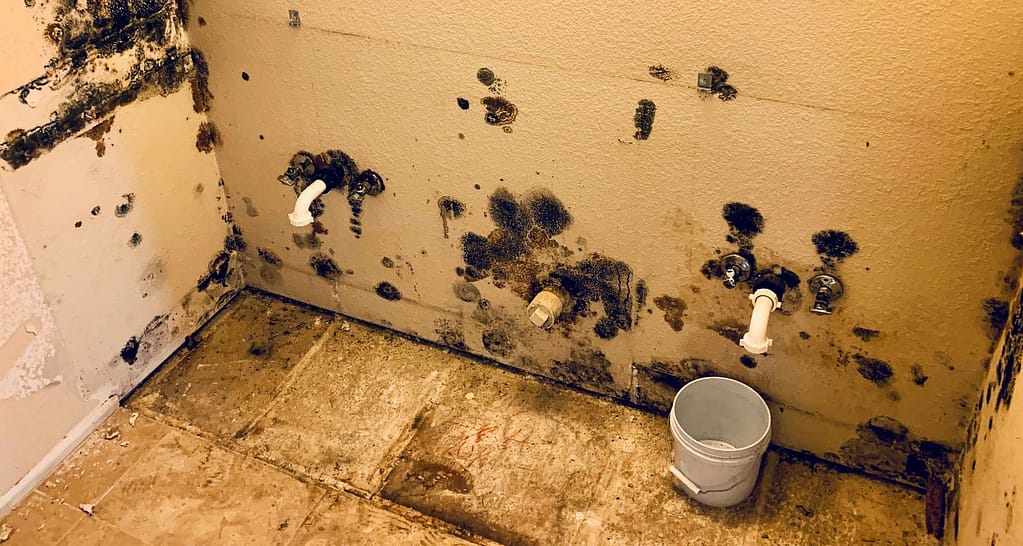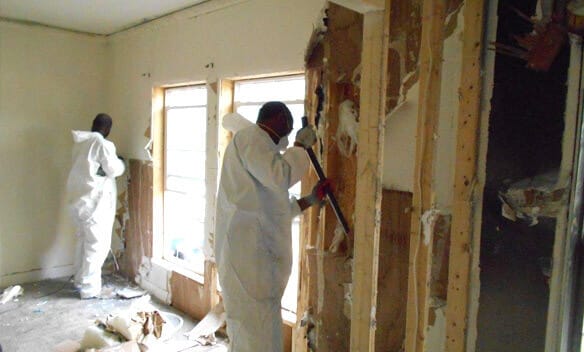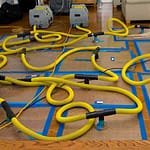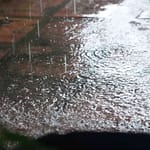What Is Water Damage?
Water damage can be a silent destroyer, wreaking havoc on your home without you even realizing it. In this comprehensive guide, we’ll walk you through the signs of water damage in a home and why early detection is crucial.
Visible Signs of Water Damage
Water Stains
Water stains are a telltale sign of water infiltration. They appear as discolored patches on ceilings, walls, or floors, often accompanied by a musty odor. These stains are visual proof that something is amiss in your home’s structure. Identifying water stains early can save you from extensive damage and costly repairs down the line.
Mold Growth
Mold is not only unsightly but also a potential health hazard. It thrives in damp conditions, making it a reliable indicator of water damage. Common mold types include black mold, green mold, and white mold. Recognizing these molds is crucial in addressing the underlying water issue.

Peeling or Bubbling Paint
When water infiltrates walls, it can cause paint to peel or bubble. This happens because water breaks the adhesive bond between the paint and the surface. Keep an eye out for these imperfections as they may indicate hidden water damage.
Structural Indicators
Damp or Wet Walls
Damp or wet walls can result from plumbing leaks, roof leaks, or poor insulation. Touch the affected area to check for moisture, and look for discoloration and bubbling paint. These signs point to underlying water damage that requires prompt attention.
Sagging Ceilings
Ceilings should always be level. If you notice sagging or drooping, it could be a sign of water damage. The weight of water-soaked materials can compromise your ceiling’s structural integrity, making this a potentially hazardous situation.
Warped or Buckled Flooring
Water damage can cause wooden floors to warp or laminate floors to buckle. If your floor exhibits irregularities or feels uneven, water damage might be the culprit. Addressing this issue promptly can prevent further damage and costly repairs.
Less Obvious Indicators
Rotting Wood
Wood rot is a silent threat that weakens structures over time. Water is its primary enemy, causing wood to decay and lose its strength. Check for soft or discolored wood in areas prone to moisture, such as windowsills and bathroom cabinets.

Rust or Corrosion
Metal surfaces in your home, like pipes and fixtures, are susceptible to rust and corrosion when exposed to water. Inspect them regularly for signs of deterioration, as addressing this issue early can prevent costly replacements.
Utility and Financial Indicators
Increased Water Bills
Unexpectedly high water bills can be a red flag for water damage. Monitor your water usage and investigate if you notice a significant increase. Hidden leaks within your plumbing system could be the cause, wasting both water and money.
Conclusion
Being vigilant about the signs of water damage is essential for preserving your home’s integrity and your family’s health. Promptly addressing these issues can save you from expensive repairs and potential health concerns. Remember, when in doubt, seek professional help to assess and mitigate water damage in your home.




